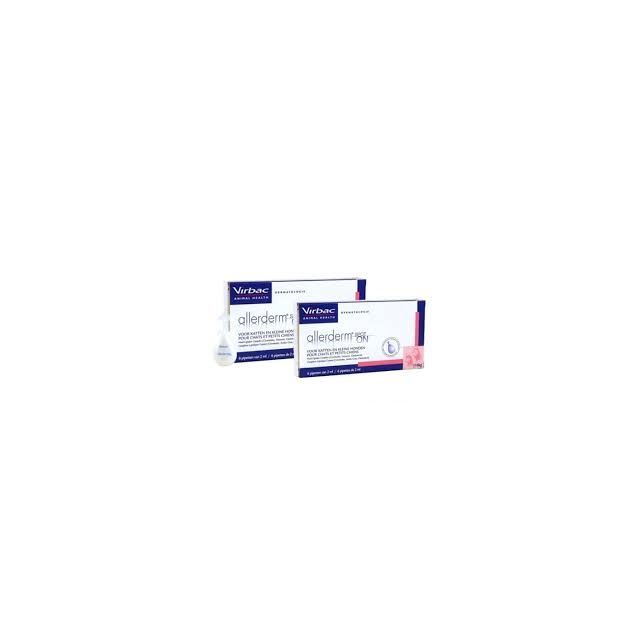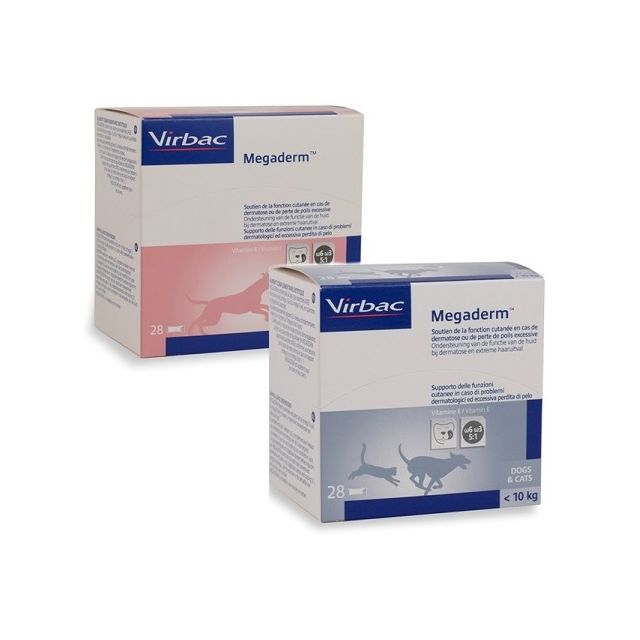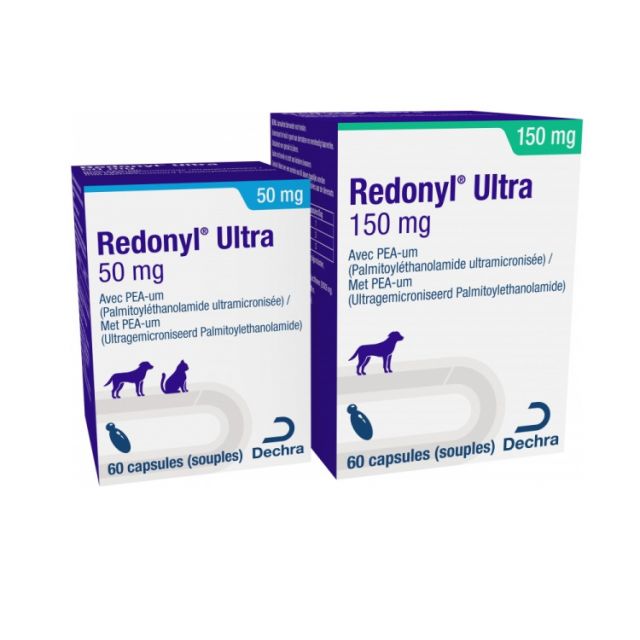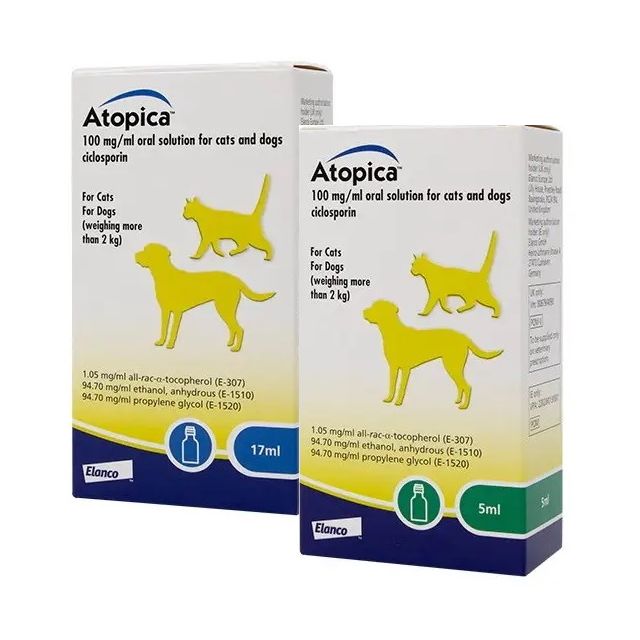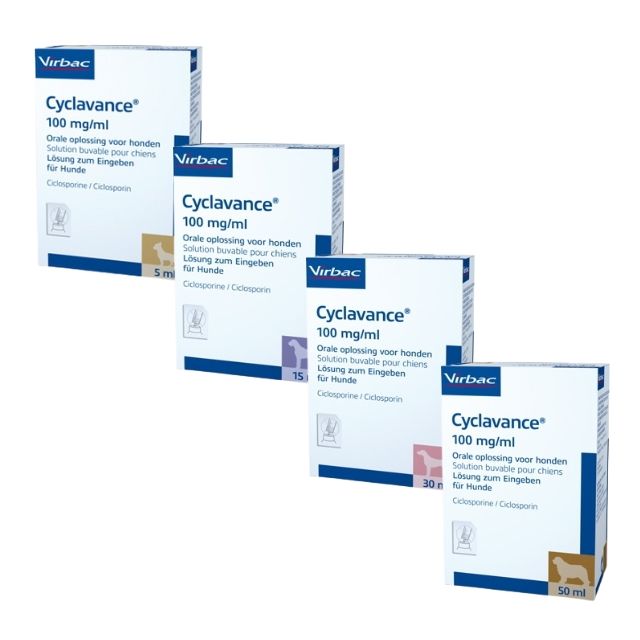Atopic Dermatitis in cats
Cats, like humans, can be allergic. The most common allergy in cats is a flea allergy. Additionally, cats can also have food allergies and allergies to something in the environment (such as pollen or dust mites). This latter allergy is called atopy or atopic dermatitis. Cats with atopy often experience itching. Atopy in the cat is difficult to diagnose and treat. Treatment is often lifelong. Pharmacy4pets helps you keep the skin and coat of your cat with atopy in the best possible condition.
What is Atopy?
In atopy, the immune system of the cat overreacts to otherwise harmless substances such as tree pollen, certain grasses, or dust mites. Cats with atopy also often have a disrupted skin barrier. As a result, cats with atopy are more susceptible to infections and their skin dries out more quickly. In addition to skin problems, cats with environmental allergies may also develop asthma.
The diagnosis of atopy is not easy to make. There is no test that confirms your cat has atopy. The diagnosis is made by excluding other causes for your cat's symptoms. A blood or skin test, as done in dogs, is harder to interpret in cats and less reliable.
Symptoms of Atopy in Cats
The most noticeable symptom of atopy is usually itching. Due to scratching and the decreased skin resistance, hair loss and skin abnormalities resembling eczema may occur. Dry, flaky skin and scabs are also commonly seen. Additionally, cats with atopy may suffer from the ‘eosinophilic granuloma complex’, which, in addition to eczema-like skin lesions, can also cause ulcers in the mouth. Cats with asthma often cough.
Treatment of Atopy in Cats
Often, a combination of medications for itching and inflammation, along with supplements to support the skin, is necessary, sometimes for life.
Medications for Atopy
Cats with atopy sometimes need medication for itching and allergic reactions for life, sometimes only when symptoms occur.
There are two types of medications for atopy: cyclosporines and corticosteroids. Corticosteroids are very strong anti-inflammatory drugs. In many conditions, corticosteroids are indispensable, even lifesaving, but they are now used much less than before, as safer alternatives are available. Corticosteroids have many side effects. They suppress not only the inflammation but also the immune system. This is intended in autoimmune diseases and allergies, but it also increases the risk of infections. Long-term use of corticosteroids greatly increases the risk of diabetes. Corticosteroids can also be applied locally, for example, as ointment for skin, eyes, and ears inflammation or via inhalation for asthma. When applied locally, they have far fewer side effects.
Cyclosporines are available in liquid form for safer long-term treatment of allergies such as atopy.
Supporting the Skin and Coat of Cats with Atopy
The skin barrier is made up of lipids, fats. Supplementing these fatty acids can help strengthen the barrier. This can be done through a drop on the neck: Allerderm spot-on, liquid for food: Catoils or Megaderm, or in capsules, for example, Vetoquinol Care omega 3-6 or Redonyl Ultra.
Sanimed Skin/Sensitive is a food that supports your cat's skin. Honey ointment, such as Vetramil honey ointment, is a great ointment for small (scratch) wounds or sore spots. Honey ointment is mildly antibacterial, soothing, and helps the skin heal faster.
Sometimes, it is necessary to wash your cat with atopy. Dermoscent Atop7 is a very gentle shampoo for highly sensitive skin. If you or your cat are not keen on washing, Allerderm Foam might be suitable for your cat: this mousse cleans as well as a shampoo but doesn’t need to be rinsed and is also suitable for allergic cat skin! Hopefully, these tips will help your cat with atopy feel as comfortable as possible! If you have any questions about our products or atopy in your cat, please contact us.


